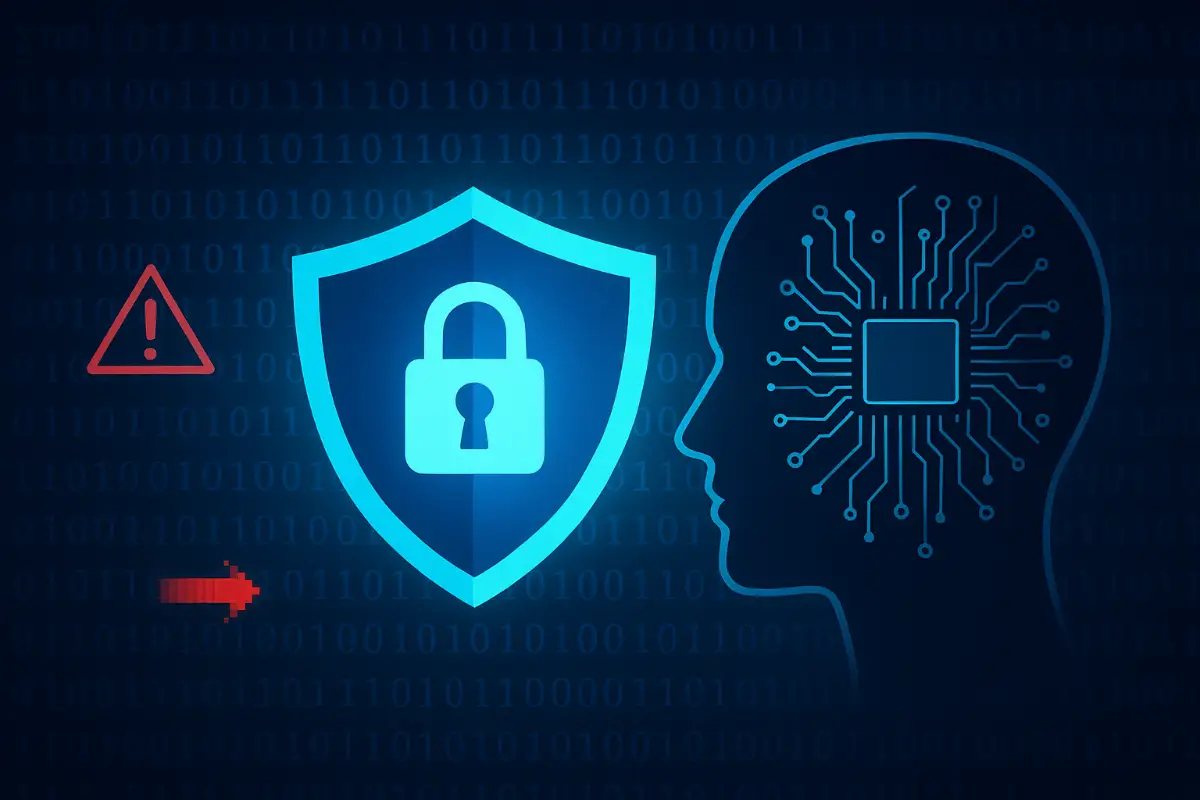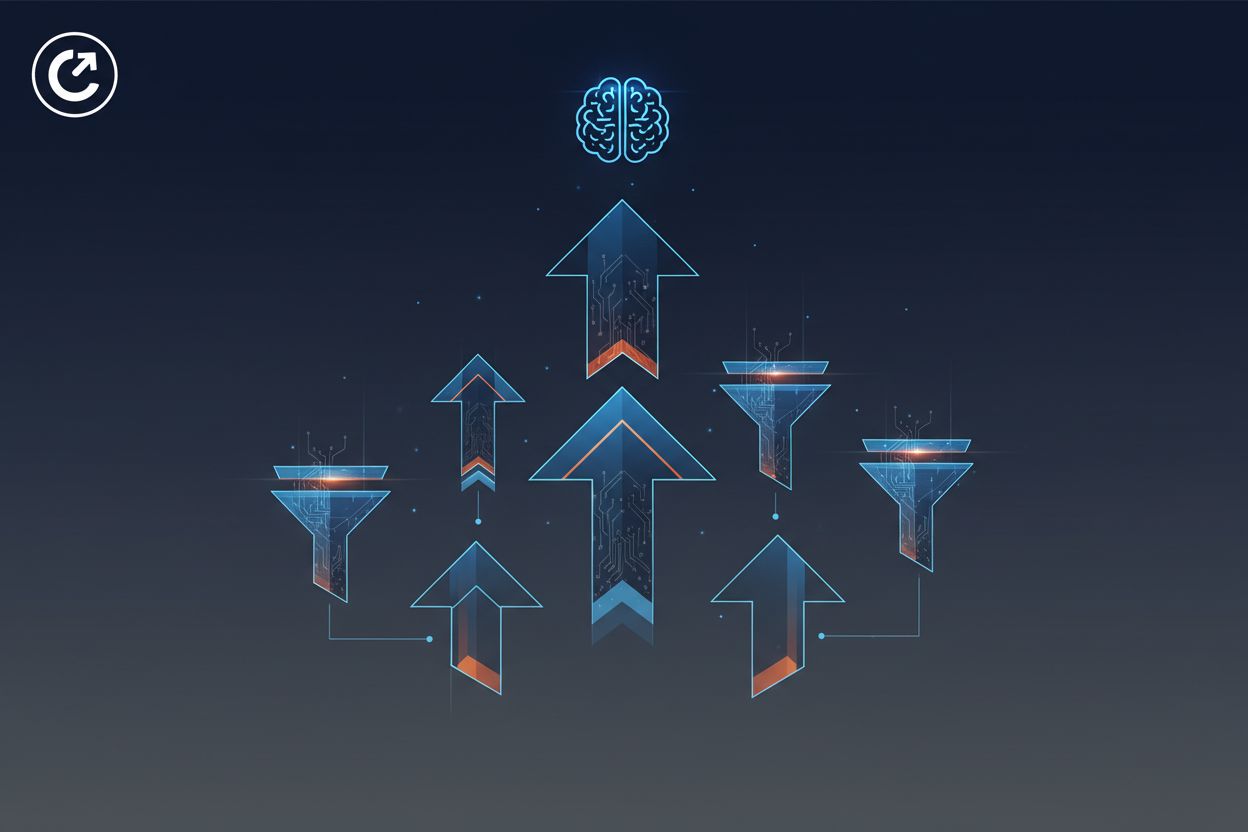Level Up Learning: How Logic Balls & Gamification Transform Education
TL;DR
The Power of Gamification in Education
Gamification turns learning into an exciting adventure. By adding game-like elements, educators can transform traditional lessons into engaging experiences that captivate students.
Gamification in education involves using game design elements in learning environments. (The Gamification of Learning: Engaging Students through ...) These elements include points, badges, leaderboards, and challenges (10 Effective Examples of Gamification in the Classroom). It's not just about playing games; it's about making learning more interactive and motivating.
Gamification differs from game-based learning, which uses actual games to teach content. Gamification adds game elements to existing activities, while game-based learning uses games as the primary teaching tool.
Here's why it's so effective:
- Increased Engagement: Gamification makes learning fun, keeping students focused and eager to participate.
- Improved Knowledge Retention: Interactive elements help students remember information better.
- Encourages Collaboration: Team-based activities promote teamwork and communication skills.
Gamification doesn't have to be difficult. For example, a teacher could award points for completing homework, or create a leaderboard for quiz scores.
Introducing Logic Balls: A New Dimension in Educational Gamification
Imagine a learning tool that transforms complex problems into engaging puzzles. Logic Balls do just that, offering a fresh approach to educational gamification. They challenge learners to think critically and develop problem-solving skills in a fun, interactive way.
What exactly are Logic Balls? Think of them as a type of puzzle where students are presented with a set of conditions or rules, and they have to deduce the correct outcome or arrangement. For instance, a Logic Ball challenge in math might involve figuring out the order of operations to solve an equation, or in science, it could be determining the sequence of a chemical reaction based on given clues.
- Focus on Critical Thinking: Logic Balls emphasize logical reasoning, pushing students to analyze information and make informed decisions.
- Beyond Traditional Resources: Unlike textbooks or standard worksheets, Logic Balls present challenges in a dynamic, game-like format.
- Problem-Solving Skills: By engaging with Logic Balls, learners develop crucial problem-solving abilities applicable across various subjects.
Consider a math class where students use Logic Balls to solve equations. Or, think of a science lesson where learners use them to understand complex systems. Even in language arts, Logic Balls can help students analyze arguments and improve their reasoning skills.
Logic Balls provide a versatile and engaging way to enhance learning outcomes. Let's look at how you can weave them into your lessons.
Practical Gamification Strategies with Logic Balls
Want to make learning stick? Gamification with Logic Balls provides an engaging way to reinforce concepts and skills. Let's explore some practical strategies to make the most of this tool.
Rewarding Progress and Achievement
- Award points for completing Logic Balls challenges, tracking progress, and motivating students.
- Create achievement badges for mastering specific skills, such as "Logic Master" or "Problem-Solving Pro."
- Use leaderboards to track student progress and encourage friendly competition, focusing on improvement rather than just ranking.
Making Learning Interactive
- Turn Logic Balls exercises into interactive quizzes using platforms like Kahoot! or Quizizz. This can make assessments more engaging and less intimidating.
- Design scavenger hunts where students solve Logic Balls puzzles to find clues, creating an engaging and memorable learning experience. For example, clues could lead to different stations in the classroom, each with a new Logic Ball challenge presented on a card or worksheet.
Fostering Growth and Motivation
- Implement a leveling-up system based on Logic Balls skills, motivating students to advance through the curriculum.
- Use progress bars to visualize learning goals and milestones, making progress tangible and rewarding.
- As students advance, they unlock new Logic Balls challenges and gain access to more complex problems.
By incorporating these strategies, educators can transform learning into an engaging and rewarding experience with Logic Balls.
Overcoming Challenges and Ensuring Effective Implementation
Gamification offers exciting possibilities, yet challenges like balancing competition and collaboration exist. How can educators ensure everyone benefits?
- Mix individual and group activities. This approach lets students enjoy personal recognition and teamwork.
- Encourage teamwork. Shared goals help students solve problems and succeed together, as noted earlier.
- Promote inclusion. Ensure alternative ways for students to participate, connecting rewards to learning goals.
Gamification, when thoughtfully implemented, transforms education.




